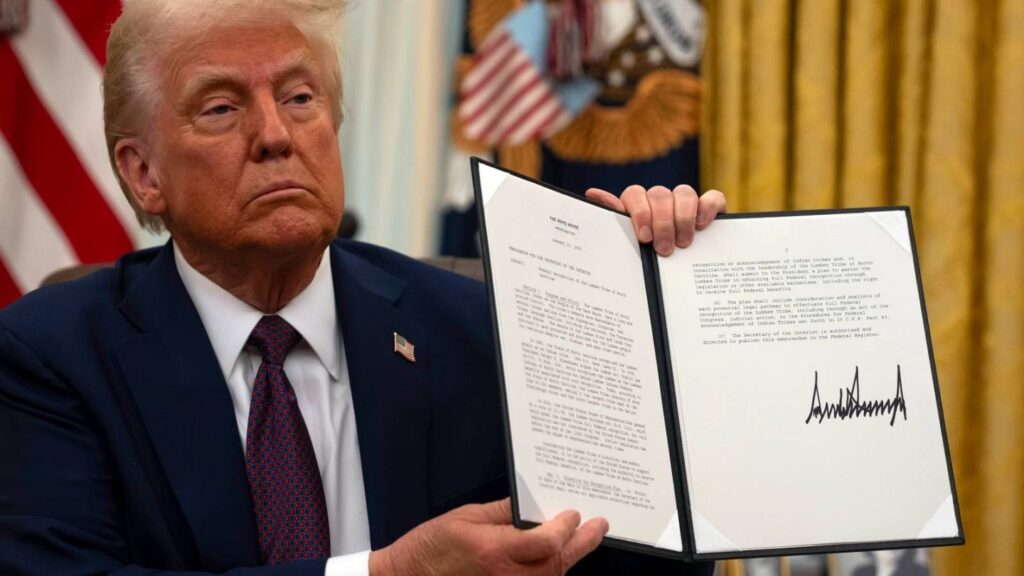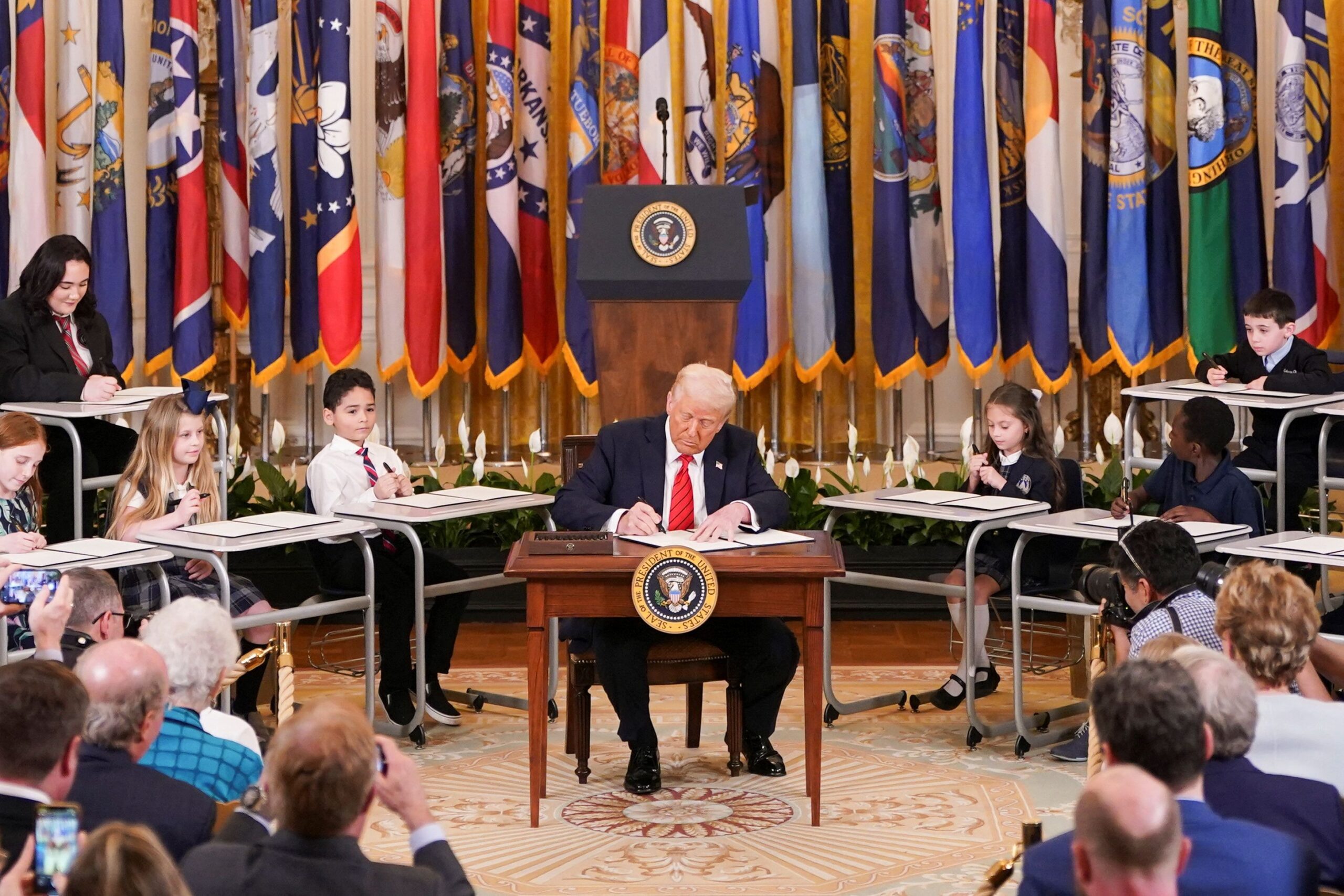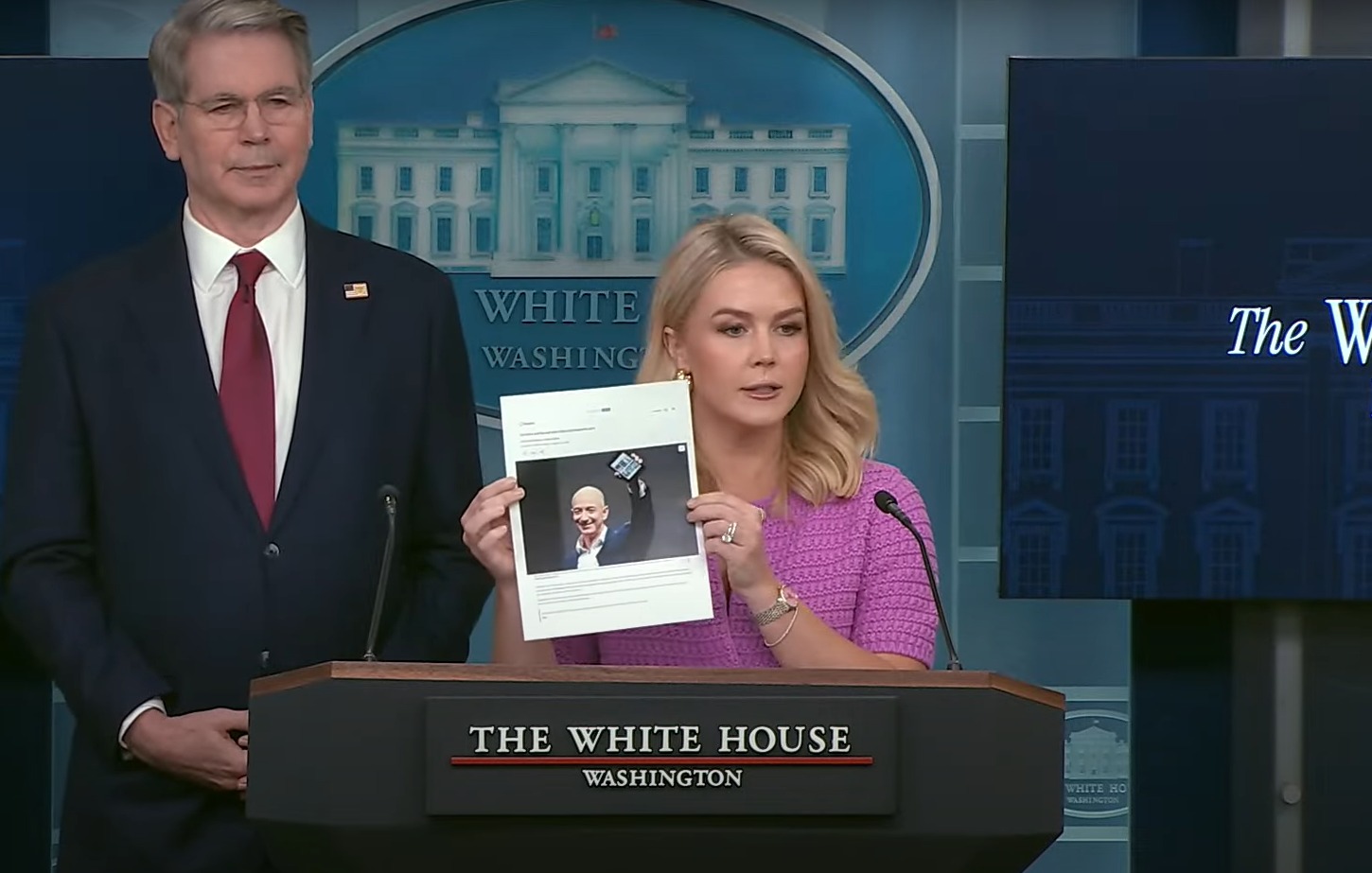Trump Signs Order: On Thursday, President Donald Trump signed an executive order targeting the Department of Education for elimination. This move marks a significant step toward a long-standing conservative goal of transferring education control back to individual states.
At a special ceremony in the East Room of the White House, Trump signed the order surrounded by schoolchildren sitting at desks. Smiling, he held up the document for attendees to see.
Trump Signs Order: Returning Power to the States
Trump announced that the order was aimed at “beginning to eliminate the federal Department of Education once and for all.” He emphasized that the agency was “doing us no good.” He stated, “We’re going to shut it down and shut it down as quickly as possible. Education belongs to the states.”
The Department of Education was established in 1979. While it cannot be closed without congressional approval, the executive order is expected to restrict its funding and staff.
Trump Signs Order: Campaign Promise Fulfilled
This move fulfills one of Trump’s key campaign promises. It also aligns with his broader effort to overhaul the federal government, which he has pursued with the assistance of tech entrepreneur Elon Musk.
Efforts to dismantle the department have existed since the 1980s. However, the push gained momentum recently due to a growing parents’ rights movement. This movement arose in response to school policies and closures during the COVID-19 pandemic.

Trump Signs Order: Opposition to Progressive Agendas
Many activists involved in the parents’ rights movement oppose federal education standards and inclusive policies for LGBTQ students. They argue that these initiatives undermine parental values and decision-making rights.
Education-related debates have remained highly partisan for decades. Teachers’ unions organized against President George W. Bush’s “No Child Left Behind” policies. Later, conservative candidates opposed the Common Core standards promoted under President Barack Obama’s “Race to the Top” program.
Impact on Students and Funding
Caught in the crossfire are approximately 50 million public school students in the United States. Among them, 15% are students with disabilities who rely on federally mandated programs.
College students are also affected. Nearly one-third of all undergraduates receive Pell Grants, which are based on low-income status. Additionally, about 28% of college students rely on federal student loans.
Public schools are primarily funded by taxes collected at the state and local levels. These entities already control the majority of school funding. However, the federal government contributes about 10% of total funding. These funds are allocated by the Department of Education in accordance with federal laws, rather than presidential discretion.
Controversy and Uncertainty Ahead
The executive order has sparked heated debates across the political spectrum. While conservatives view it as a victory for states’ rights, critics worry about the potential impact on vulnerable students and federally funded programs.
The fate of the Department of Education now depends on congressional action and the extent to which the executive order can influence its operations. As the debate continues, the nation’s education system faces an uncertain future. This development has drawn significant attention in world news.





